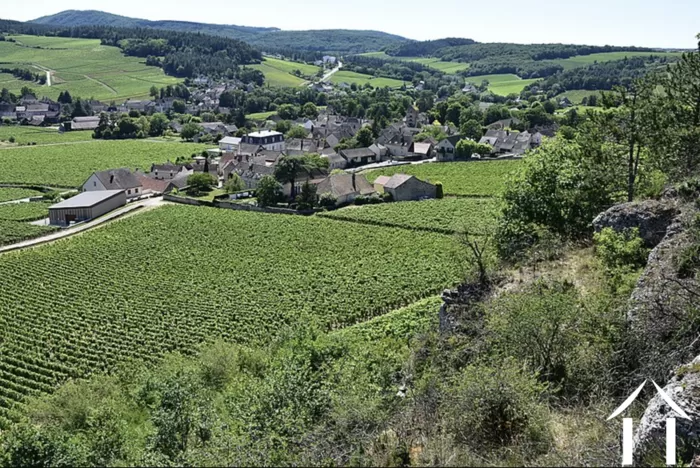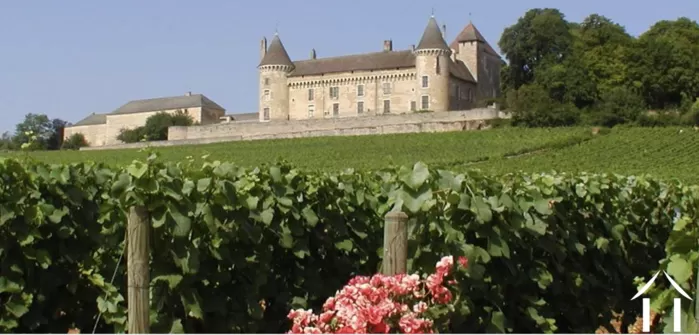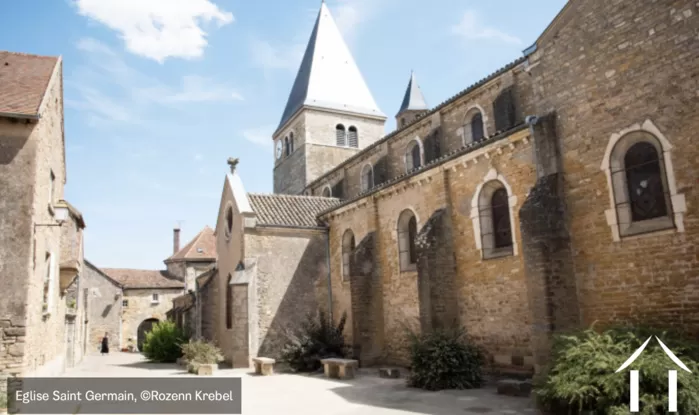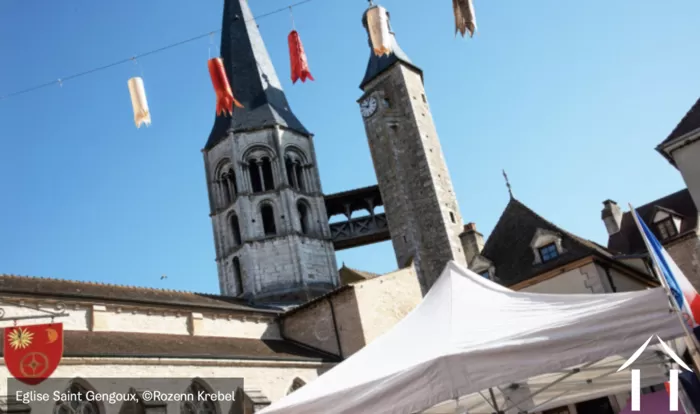REGION FEATURED
As we meander across Burgundy in our regular newsletter articles, our paths will inevitably cross places that we have already visited or seen from a distance. In this month’s edition, our trek takes us to the Côte Chalonnaise, just a short hop south of the impressive Côte de Beaune vineyards.




